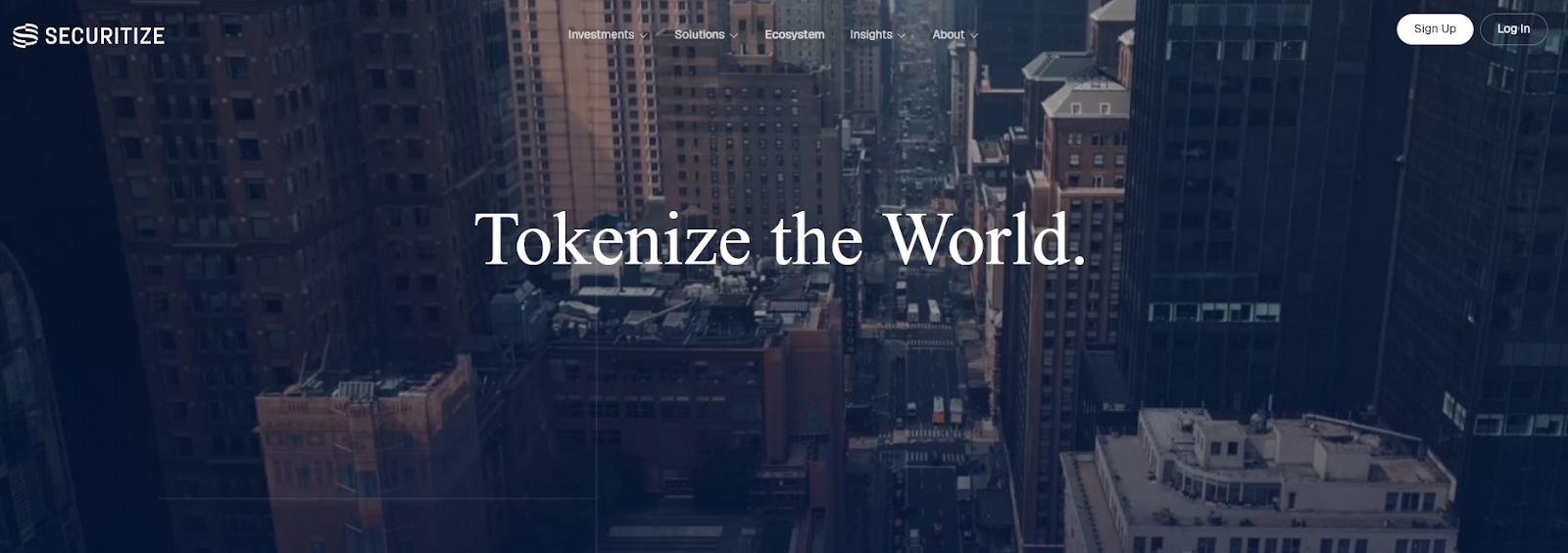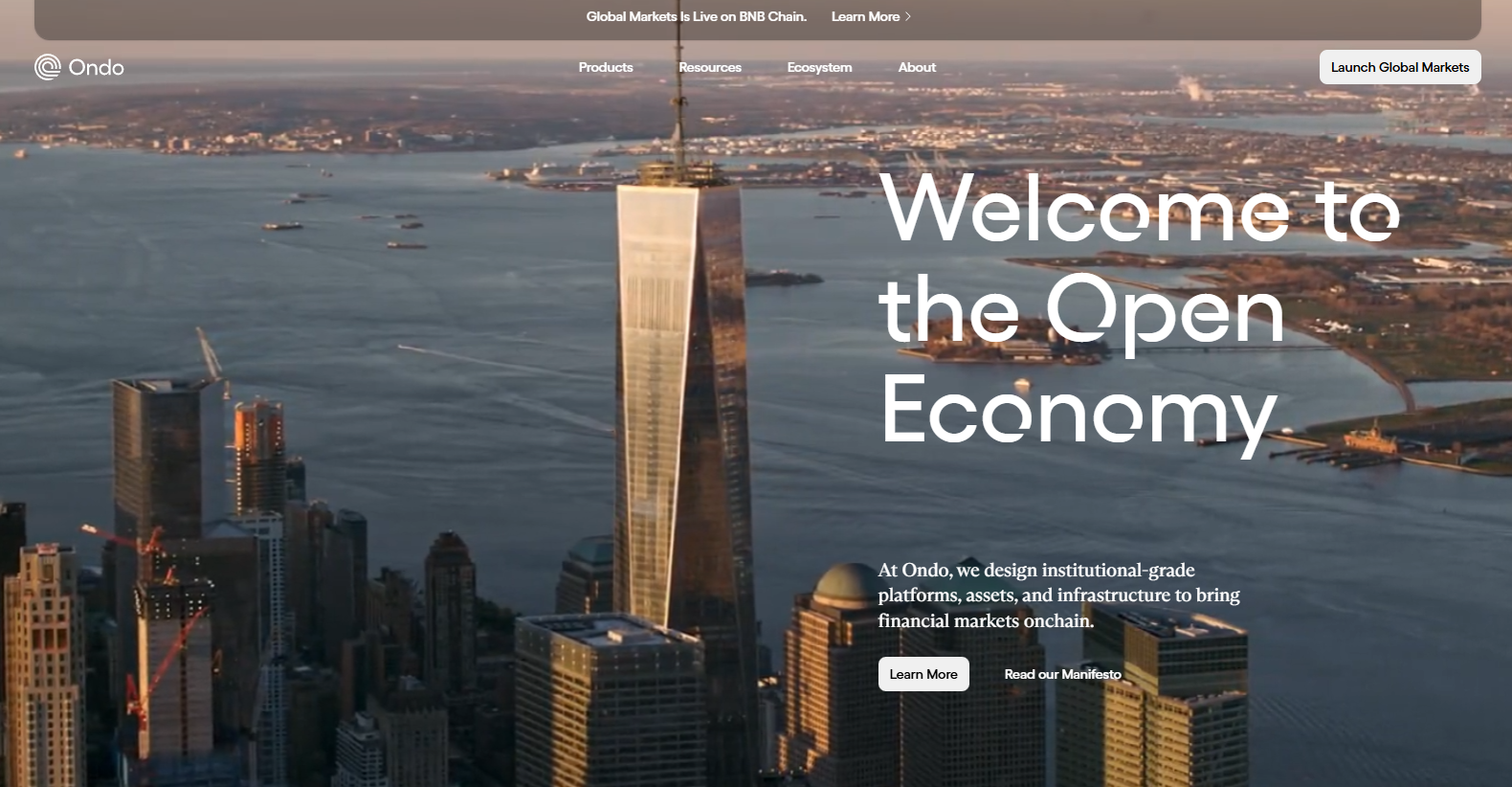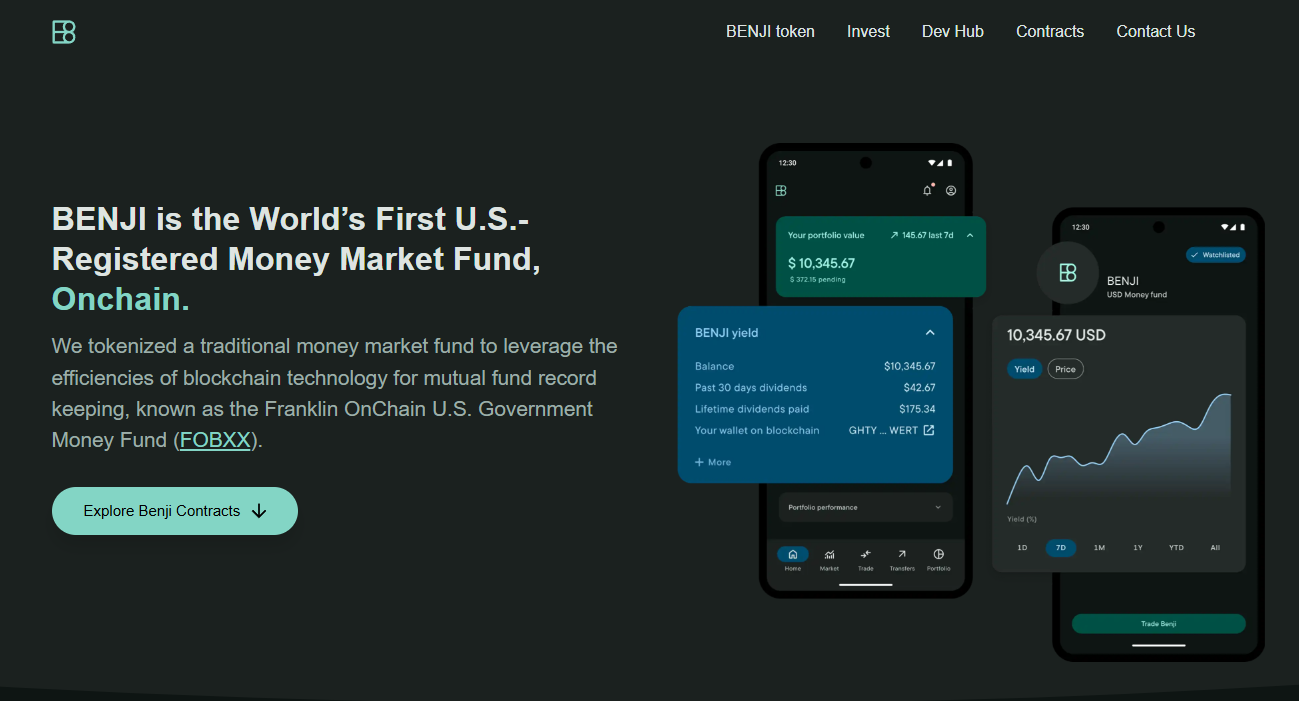
What is the Arbitrum Bridge and How to Use it?

In the vast realm of cryptocurrencies, new developments and innovations emerge every day. One of the most recent and noteworthy advancements in the world of decentralized applications (dApps) and Ethereum scaling solutions is Arbitrum.
A central aspect of this is the Arbitrum Bridge. Let's dive deep into understanding this technological marvel.
What is Arbitrum?
Arbitrum is a Layer-2 scaling solution designed to bring scalability and reduced fees to the Ethereum network.
By offloading much of the transaction processing from Ethereum's primary chain (Layer-1), Arbitrum provides a faster and more efficient environment for dApps and smart contracts.
Why the Need for a Bridge?
Imagine a busy highway with just one lane. That's Ethereum's Layer-1, where congestion can lead to high fees and slower transactions.
Now, envision an express lane created alongside it - that's your Layer-2, where Arbitrum operates. To move from the main highway to this express lane (or vice-versa), you need a ramp. In the crypto world, that ramp is called a 'bridge'.
Understanding the Arbitrum Bridge
The Arbitrum Bridge acts as a secure channel connecting Ethereum's mainnet (Layer-1) with the Arbitrum Rollup (Layer-2). This bridge allows users to transfer assets, like ETH or ERC-20 tokens, between these layers.
Key Features of the Arbitrum Bridge
The Arbitrum Bridge is not just a bridge; it's an epitome of innovation tailored to enhance the Ethereum ecosystem. Here are its distinct features:
Scalability: One of the core objectives of Arbitrum Bridge is to handle a higher transaction volume than Ethereum's mainnet. By shifting much of the computational load off the main chain, Arbitrum facilitates quicker transaction processing, alleviating the congestion commonly found on Ethereum.
Cost Efficiency: The bridge's design focuses on minimizing gas fees. Transactions that are executed on Arbitrum are consolidated and batch-processed, drastically reducing the cumulative cost when they're finally posted to Ethereum.
Security: Backed by Ethereum's robust security model, the Arbitrum Bridge ensures that assets being transferred are always safeguarded.
Even in situations where validators might act maliciously, the bridge has mechanisms to detect and correct any irregularities, preventing asset loss.
Interoperability: The bridge is not limited to just ETH. It supports the transfer of a wide range of assets, including various ERC-20 tokens, thereby providing users with versatility in their transactions.
Decentralization: Arbitrum operates in a permissionless environment. This means that anyone can become a validator, contributing to the security and robustness of the system.
User Experience: Designed with the end-user in mind, the bridge provides a seamless and intuitive interface. This makes transferring assets between layers straightforward, even for those new to the cryptocurrency space.
How to Use the Arbitrum Bridge?
Using the Arbitrum Bridge is a straightforward process:
Step 1: Visit the official Arbitrum Bridge portal.
Step 2: Connect your Ethereum wallet. Most users opt for MetaMask, but several Ethereum-compatible wallets work.
Step 3: Select the asset you wish to transfer from the drop-down menu.
Step 4: Enter the amount you wish to move to Arbitrum.
Step 5: Confirm the transaction details and the gas fees.
Step 6: Approve and initiate the transaction. Once completed, your assets will appear in your Layer-2 Arbitrum wallet.
Step 7: When you're ready to move assets back to Ethereum's mainnet, follow the process in reverse.
Remember, while transferring from Ethereum to Arbitrum is relatively fast, moving assets from Arbitrum back to Ethereum may require a waiting period due to the underlying security mechanisms.
Why Use Arbitrum Bridge?
Cost Savings: The primary allure is the significant reduction in transaction fees, making activities like trading, yield farming, or simple transfers more economical.
Speed: Transactions on Arbitrum's Rollup are processed faster than on the congested Ethereum mainnet.
Access to New dApps: Some decentralized applications and protocols might operate exclusively on Arbitrum, requiring users to bridge assets.
Points to Remember
- Gas Fees: While Arbitrum significantly reduces fees, remember there's still a cost associated with bridging assets.
- Waiting Period: The potential waiting period when moving from Layer-2 to Layer-1 is a crucial aspect to consider, especially if you need your assets quickly.
- Asset Safety: While the Arbitrum Bridge is designed to be secure, always ensure you're using official platforms and not falling for scams or unofficial bridges.
Best Bridges to Arbitrum
The Ethereum ecosystem's expansion to Layer-2 solutions, particularly with the introduction of Arbitrum, has led to the creation of several bridges.
These bridges facilitate the seamless movement of assets between Ethereum and Arbitrum. Here are the few best bridges that have been widely recognized for their functionality, security, and user experience:
Official Arbitrum Bridge: Developed and maintained by Offchain Labs, the team behind Arbitrum, this bridge is often the first choice for many. Its direct integration with Arbitrum ensures optimal security, a user-friendly interface, and comprehensive support for a range of Ethereum-based tokens. Continuous updates and development support make it a reliable choice.
Hop Protocol: Hop stands out for its focus on interoperability. It doesn’t just bridge assets to Arbitrum but also other Layer-2 solutions like zkSync and Optimism. Its unique feature is the automatic swapping of tokens across rollups, making transfers efficient and ensuring liquidity.
zBridge: Powered by zkSync, zBridge is another contender in the Arbitrum bridging landscape. It specializes in low-cost, swift transfers between Ethereum and Arbitrum. The bridge’s emphasis on user privacy, coupled with its cost-effectiveness, is drawing a growing user base.
cBridge: Designed and pioneered by the renowned Celer Network, cBridge stands as an advanced gateway for the efficient transfer of assets, encompassing both ETH and a vast array of ERC-20 tokens, between Ethereum and Arbitrum.
Harnessing the cutting-edge technology of the Celer Network, cBridge prioritizes not just rapidity but also uncompromised security in its transfers, all the while upholding a staunch commitment to decentralization.
When selecting a bridge to Arbitrum, it's essential to weigh the pros and cons of each option. While all the bridges listed above offer unique features and benefits, users should consider factors like security, fees, ease of use, and compatibility with their specific needs to make an informed decision.
Frequently Asked Questions
Q1. What differentiates Arbitrum from other Ethereum Layer-2 solutions?
Arbitrum stands out due to its unique combination of optimistic rollups, scalability, and close integration with Ethereum's security model. It offers improved transaction speeds and reduced fees, all while preserving the robustness associated with Ethereum.
Q2. Why is bridging necessary between Ethereum and Arbitrum?
Bridging acts as a connector to transfer assets between Ethereum's mainnet (Layer-1) and Arbitrum (Layer-2). Given that they operate on different layers, a bridge provides a secure and efficient pathway for this movement.
Q3. Are there fees associated with using bridges to Arbitrum?
Yes, there are fees involved, primarily to compensate for the computational and transactional efforts. However, these fees are generally lower than standard Ethereum gas fees, especially during network congestion.
Q4. Can assets be moved back from Arbitrum to Ethereum?
Absolutely! Though it's worth noting that due to the security mechanisms in place, moving assets from Arbitrum back to Ethereum may come with a waiting period.
Q5. How does Arbitrum ensure the security of assets during transfers?
Arbitrum operates closely with Ethereum's primary security framework. Even in scenarios where potential malicious activities occur, Arbitrum has built-in measures to detect and rectify any discrepancies, ensuring assets remain safeguarded.
Q6. What's the role of validators in the Arbitrum network?
Validators help in processing transactions, submitting proofs to Ethereum, and maintaining the overall security and authenticity of the network. Given its decentralized nature, anyone can become a validator in the Arbitrum ecosystem.
Q7. Is the Official Arbitrum Bridge the only way to transfer assets to Arbitrum?
While the Official Arbitrum Bridge is a popular and trusted choice, several other bridges, like cBridge, Connect, and Hop Protocol, have emerged, offering different features and benefits for users.
Q8. What happens if there's a dispute in a transaction on Arbitrum?
Arbitrum's design includes a challenge period where disputes can be raised. If an invalid or malicious transaction is detected, it can be challenged, and if proven false, it will be rolled back, ensuring the integrity of the system.
Conclusion
The Arbitrum Bridge stands as a testament to the ongoing innovation in the cryptocurrency space. As Ethereum continues to face scalability challenges, solutions like Arbitrum offer a promising avenue for users seeking speed, cost-effectiveness, and a seamless experience.
For those eager to maximize the potential of their Ethereum-based activities, understanding and utilizing the Arbitrum Bridge is invaluable. As always, stay informed, stay safe, and let technology pave the way for smarter crypto choices.
Disclaimer
The information provided on this website does not constitute investment advice, financial advice, trading advice, or any other sort of advice and you should not treat any of the website's content as such.
Token Metrics does not recommend that any cryptocurrency should be bought, sold, or held by you. Do conduct your own due diligence and consult your financial advisor before making any investment decisions.

.svg)

Create Your Free Token Metrics Account

.png)




%201.svg)
%201.svg)


%201.svg)
























.svg)




.png)